Current Undergraduate Courses - Spring 2025
Click the course titles for full descriptions
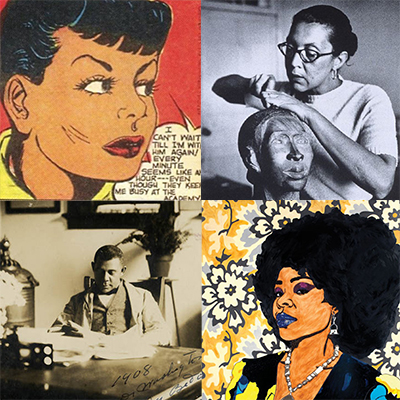
ARH 3930–01 Modern & Contemporary African American Art – Dr. Mora Beauchamp-Byrd
M/W 10:40–11:55am, WJB 2041
This course examines artists of African descent in the Americas from the 19th century through the present, with an emphasis on charting how their work has been impacted by, and/or has influenced, global artmaking practices. Course topics include Edmonia Lewis, Henry O. Tanner and other African American artists who fashioned careers in 19th-century Europe; Harlem Renaissance imagery of the 1920s and early 1930s by Arthur P. Bedou, Aaron Douglas and others; the paintings of Afro-Cuban modernist Wifredo Lam; cartoonist Jackie Ormes’s 1950s images of stylish, assertive women in African American newspaper comic strips; 1960s and 70s Black Arts Movement-era works by renowned sculptor Elizabeth Catlett; Fred Wilson’s transformative, artist-curated Mining the Museum exhibition of 1992; and groundbreaking films such as Julie Dash’s Daughters of the Dust (1991) and Jordan Peele’s Get Out (2017). Course components include lectures, case studies, written assignments, and group exercises focused on an interdisciplinary selection of journal articles, artists’ writings, curatorial essays, film and exhibition reviews, and other texts.
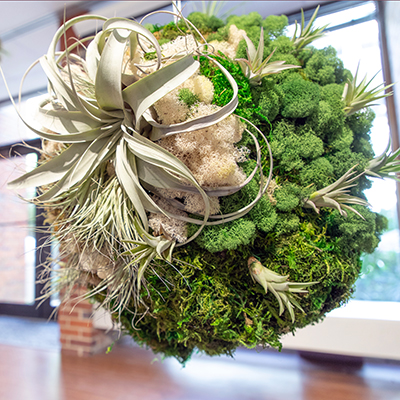
ARH 3930–02 Introduction to Irish Art – Dr. Kristin Dowell
T/R 9:45–11am, WJB G40
An introduction to the vibrant field of Irish art, focused primarily on post-independence (after 1921) Irish art. We will explore the role of the distinctive Irish landscape, cultural memory, regional identity, Irish language, nationalism, and political independence, as expressed through various movements in Irish art. Additionally, we will focus on recent international contemporary Irish art exhibitions as case studies with a particular emphasis on ecological knowledge, land-based practices, and sustainability within Irish art.
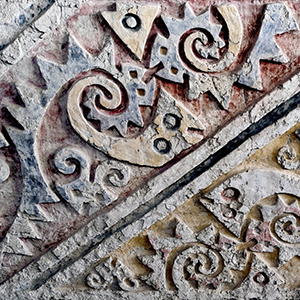
ARH 3930–03 Arts and Culture of the Ancient Andes: The Inca and their Ancestors – Dr. Brendan Weaver
M/W 9:20–10:35am, WJB G40
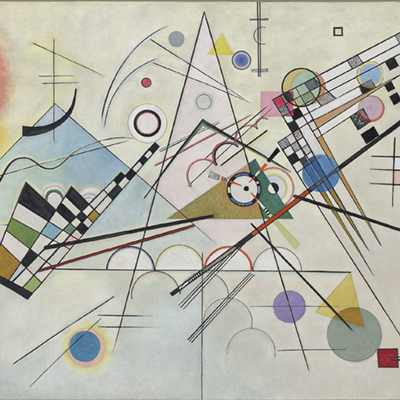
ARH 4450–01 Modern European Art: Post-Impressionism through Surrealism – Dr. Adam Jolles
T/R 11:35am–12:50pm, WJB G40
This course examines the development of European modernism from 1880 to 1940, focusing on the first sustained experiments in abstraction and collective avant-gardism up to the outbreak of World War II.
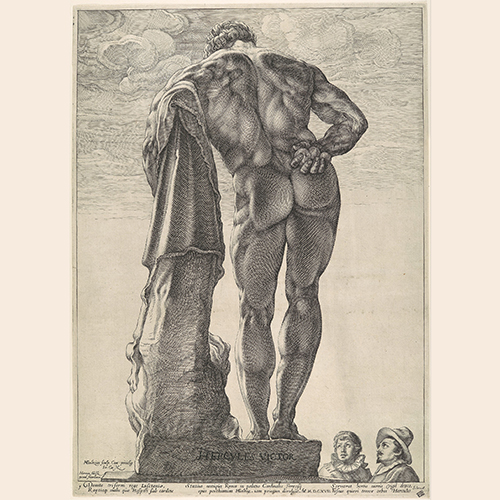
ARH 4720-01 History of Graphics – Dr. Stephanie Leitch
T/R 9:45–11am, WJB 2041
The History of Graphics provides an introduction to the history of the techniques of printmaking. Beginning with the invention of the printing press, we will move chronologically to cover the production of woodcuts, xylographs, engravings, etchings, aquatints and modern print processes. In addition to identifying some of the artists who established printing’s technical and stylistic milestones in the western tradition, this course will explore some of the issues at stake in the study of prints such as their function, reception, issues of intellectual property, and their uses and abuses of truth.
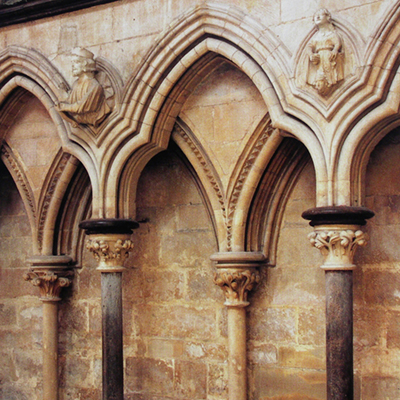
ARH 4933–02 Gothic Architecture – Dr. Kyle Killian
M/W 1:20–2:35pm, WJB G40
This lecture will cover major monuments of Gothic architecture, track significant changes in how Gothic buildings have been studied, and explore what the study of Gothic contributes to current disciplinary concerns in art history. We will also confront recent scholarship that re-envisions Gothic and raises difficult questions for the way we study the built environment.
Undergraduate Seminars
Seminars are the capstone courses for the Art History undergraduate curriculum. They are research- and writing-intensive courses that give students opportunities to pursue original scholarship. Two seminars are required for the major.
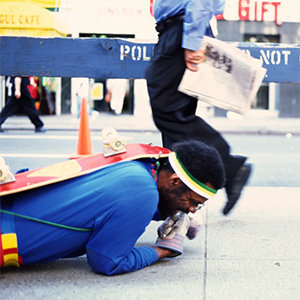
ARH 4800–01 Contemporary Art & Artistic Labor – Dr. Tenley Bick
Tuesday 1:20–3:50pm, WJB 2038
What counts as artistic production in contemporary art? In the postwar period, traditional categories of legitimate artistic labor began to be destabilized with the emergence of unconventional modes of artistic production. Some artists fashioned themselves in the role of the executive professional, while other artists positioned their production in the purview of low-skilled labor. Others enacted feats of endurance or seemingly absurd non-productive tasks, while others still engaged in play, leisure activities, or altogether refused to work. This seminar examines what happened to the category of artistic “work” in the 1960s and 1970s and the legacies of those shifts for art today.
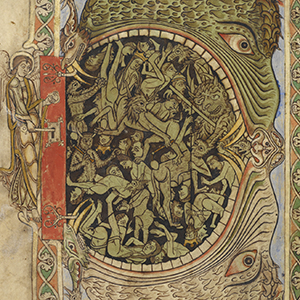
ARH 4800-02 Medieval Monstrosity – Dr. Erika Loic
Monday 12:00–2:30pm, WJB 2040
Medieval representations of monsters, legendary creatures, and unexpected hybrids defy simple explanations and categorization. For their creators and audiences, monsters could arouse amusement, wonder, or terror. They adorned the edges of objects and buildings for decorative or humorous effect, but they likewise appeared in contexts where they were discussed as real beings. In this seminar, we examine the range of roles monsters fulfilled in the Middle Ages, from embodying social anxieties to allowing opportunities for creative experimentation outside the constraints of religious iconographies. Monsters offer insights into attitudes towards “normal” and “abnormal” bodies and behaviors, unknown or condemned groups of people, and the nature of humanity. Many have surprisingly long histories and offer examples of the vast distances that mythologies and motifs traveled throughout Afro-Eurasia.
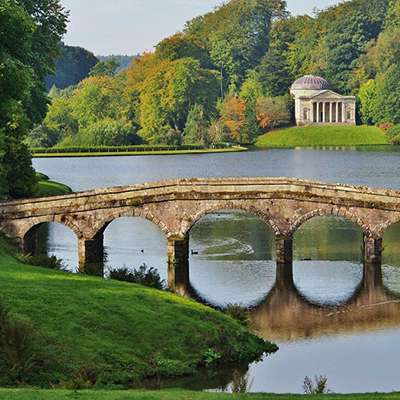
ARH 4800-03 Garden History – Dr. Robert Neuman
Tuesday 1:20–3:50pm, WJB G41
This undergraduate seminar treats Western gardens from the Renaissance through the Modern period, with a brief glance backward at ancient Roman gardens, as expressions of beauty, power, and control of the natural world. The class focuses on major sites in urban and country settings, from the Medici villas in Tuscany and the gardens of Versailles to American botanical parks and the High Line in New York City. We also consider the representation of gardens in art, such as Impressionist painting, and the impact of Modernist styles like Cubism on garden design.
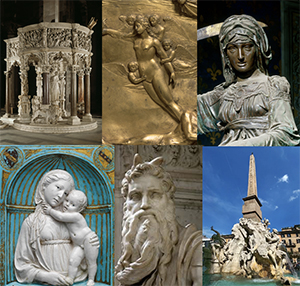
ARH 4800–04 Italian Sculpture: Medieval, Renaissance, Baroque – Dr. Lorenzo Pericolo
Thursday 4:50–7:20pm, WJB G41
This course intends to provide students with a clear knowledge of the techniques and functions of sculpture in Italy from the early thirteen to the late seventeenth century. Students will become familiar with and scrutinize major works by Nicola Pisano (1120–1284), Arnolfo di Cambio (d. 1302), Jacopo della Quercia (1374–1438), Donatello (1386–1466), Lorenzo Ghiberti (1378–1455), (Michelangelo (1475–1564), Benvenuto Cellini (1500–1571), Giambologna (1529–1608), Gian Lorenzo Bernini (1598–1680), and many others. The course will explore a variety of media and typologies: marble, bronze, wood, terracotta; medals, bas-reliefs, funerary tombs, fountains, and desk pieces. Its thematic structure will allow students to think about the functions of sculpture diachronically, and within the cultural, social, political, and religious contexts of Italian city-states and centers of art production.
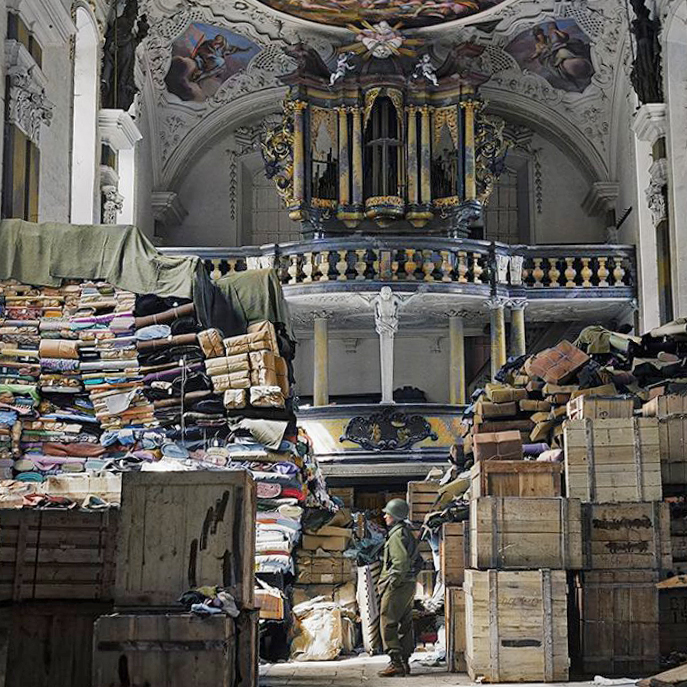
ARH 4800–06 ARH 5806–05 Art & Cultural Heritage Law & Policy – Dr. Preston McLane
Tuesday 4:50–7:20pm, WJB G41
This seminar explores the complex and controversial relationships between the history of art, cultural heritage sites, and cultural artifacts through detailed analysis of legal doctrines, ethics, and philosophies, both in the United States and internationally. We will look critically at the conflicts and contradictions in existing art and cultural heritage law and policy in their diverse sectors, including art theft and plunder during wartime, illicit trade in stolen art and cultural artifacts, provenance and ownership disputes, cultural reparations and repatriation, art forgery and counterfeiting, copyright and originality, and artists’ moral rights, among other topics.
Recurring Foundation Courses
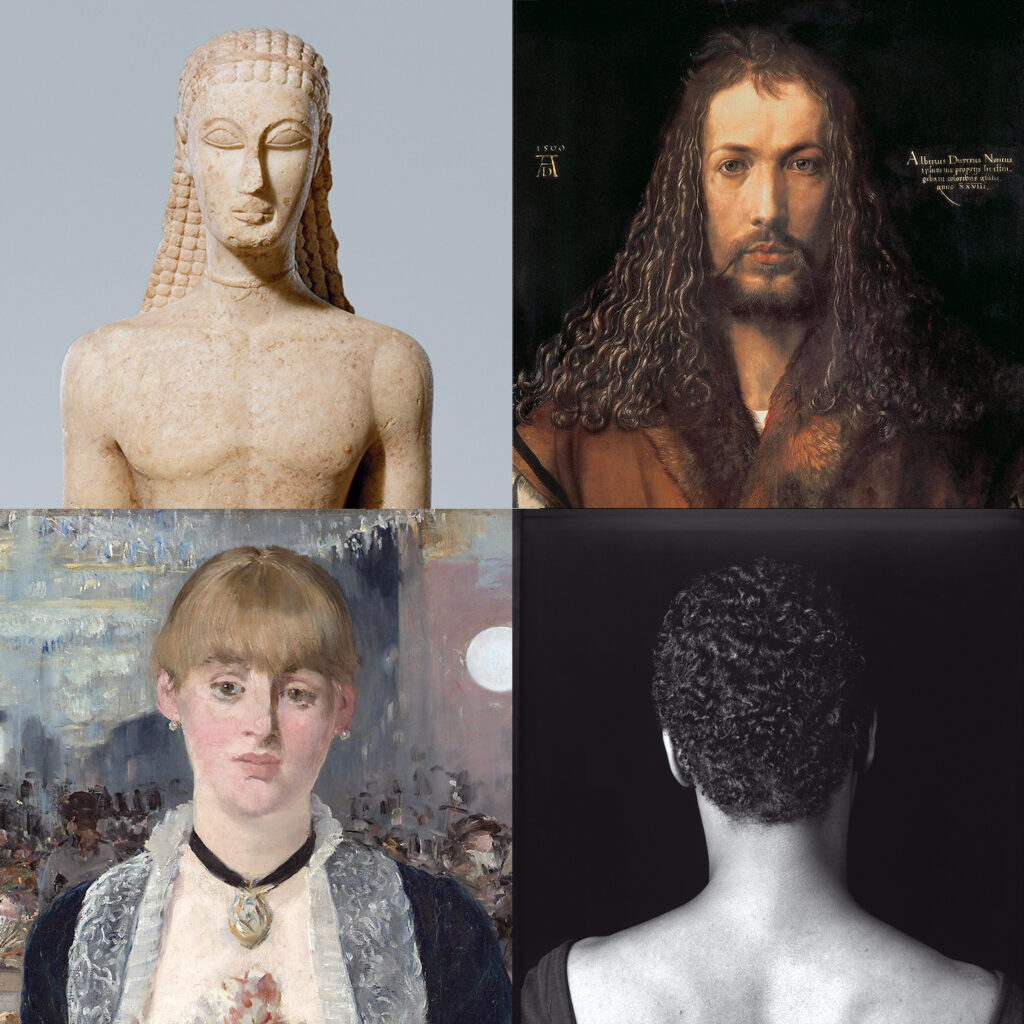
ARH 2050/2051 Art History Surveys
Required for Art History majors
Sections and times vary; see Student Central Course Search.
| These foundation courses introduce students to the discipline of art history through a survey of canonical and anti-canonical narratives of the history of art (ARH2050: prehistoric to late-Medieval periods; ARH2051: early Renaissance through global contemporary art). While the courses are organized chronologically, they are also unified by the theme of “encounters,” broadly conceived to address a wide range of unexpected meetings, confrontations, and points of exchange between two distinct entities—artistic, cultural, ideological, and more. Encounters may therefore include meetings of different artistic movements, cultural traditions, and belief systems, among other subjects. The courses address select works of art and creative expression from across history that offer students an opportunity for close object-focused study and skills development that are foundational to the discipline. The courses also teach students to build critical thinking and aptitude through discussion of the overarching course theme in a variety of contexts. |
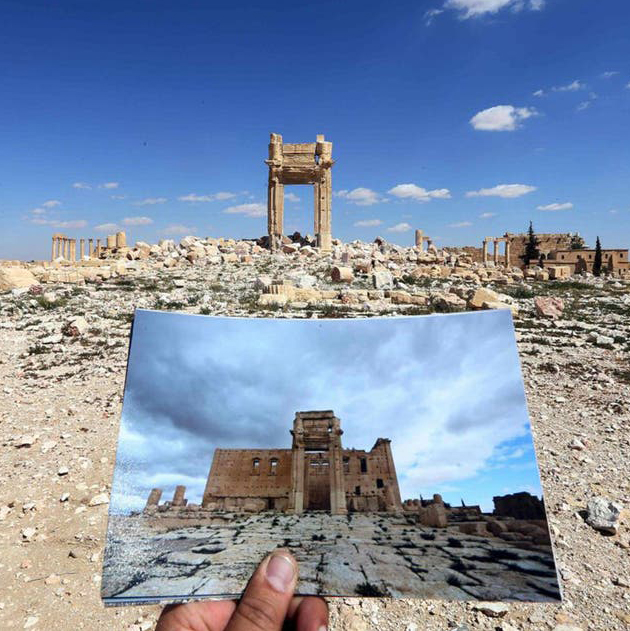
ARH 2814 Cultural Heritage in the Digital Age – Leah Sherman
Online / Asynchronous
Liberal Studies Designations: Scholarship-in-Practice, Computer Competency/Digital Literacy. This course introduces students to digital literacy through the lens of cultural heritage. The curriculum of this course includes readings, hands-on activities, discussion posts, quizzes, current events, and a significant final project geared toward the issues and practices of cultural heritage within today’s digital world. This is an online, asynchronous course where students will learn first-hand that digital literacy is not a skillset limited to one field of study or career path alone, and they will find that by gaining new competencies in this arena that they can participate in and help to shape a discourse reaching far beyond their own time and place. Cultural heritage is similarly not limited to one discipline or one culture, and it is not a historical topic – the currency and global nature of cultural heritage are two themes we will continuously see throughout the semester.
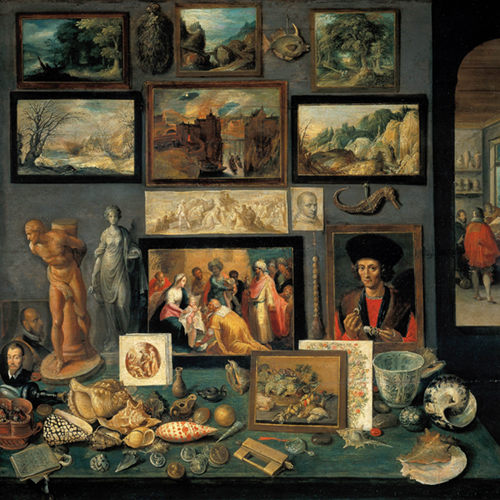
ARH 3794–01 Museum Basics – Dr. Carey Fee
Friday 9:20–11:50 am WJB 2040
Reserved for students in the Museum Studies Minor
From cabinets of curiosities to virtual museums, this course addresses museum history, philosophy, practice and careers. Through readings, discussions, guest lectures, field trips to local museums and a number of short topical projects, students will develop a framework for understanding the role of today’s museums. They will also be prepared to evaluate the major issues facing museum professionals today.
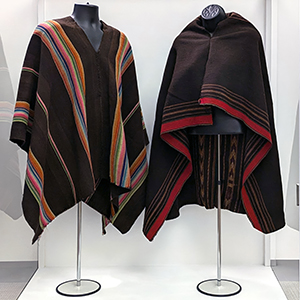
ARH 3854–01 Museum Object – Dr. Brendan Weaver
Thursday 1:20–3:50pm, WJB 2041
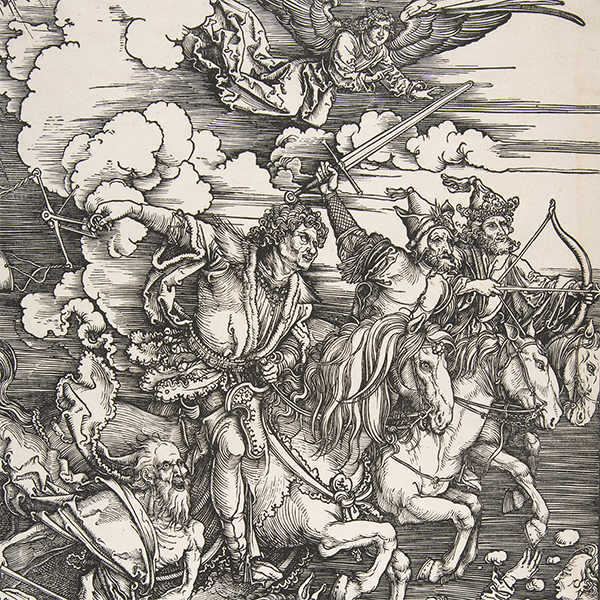
IDS 3678-01 Apocalypse: The End of the World in Art – Dr. Richard Emmerson
Online / Asynchronous
|
Liberal Studies Designations: Humanities and Cultural Practice, Upper-Division Writing
NOTE: Does not count toward the Art History major. This course studies beliefs about how the world will end and how the end is represented in the arts from the Bible to the present. We will analyze how such beliefs influenced history, continue to inform contemporary politics, and are being transformed by fears of nuclear war and environmental disaster. |
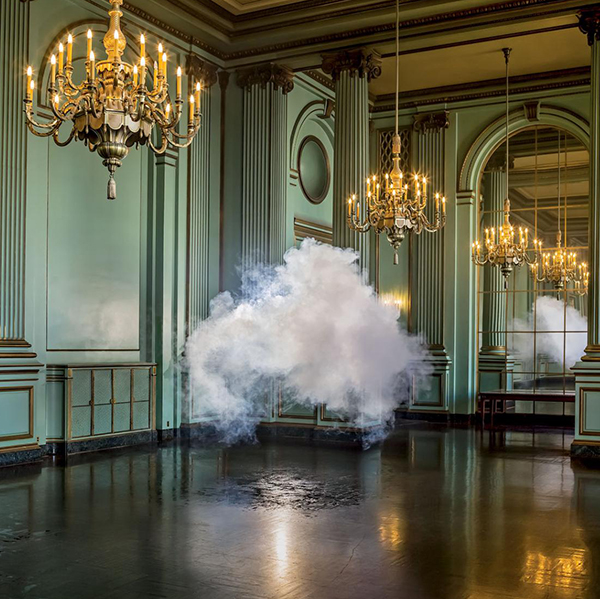
ARH 2000 Art, Architecture, and Artistic Vision – Dr. Sarah Buck
Online / Asynchronous
Liberal Studies Designation: State-Wide; Humanities & Cultural Practice Core
NOTE: Does not count toward the Art History major.
ARH 2000 is a fully-online art-appreciation course that introduces students to diverse forms of art and architecture created throughout history. Designed for remote learning since 2014, ARH 2000 is organized into weekly thematic modules that conclude with interactive assignments and discussions designed to encourage learning through role-playing, reflecting, and creating (no artistic skill necessary!). By completing this course’s interactive assignments and participating in this class, students actively practice thinking about art and its relevance to the world in which we live.